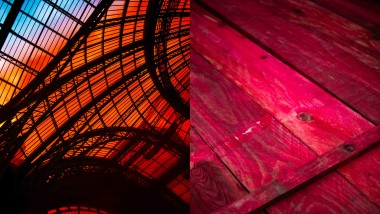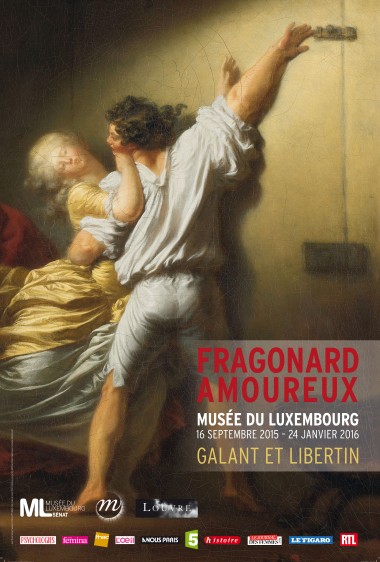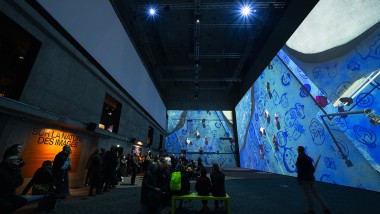
Fragonard and licentious imagery
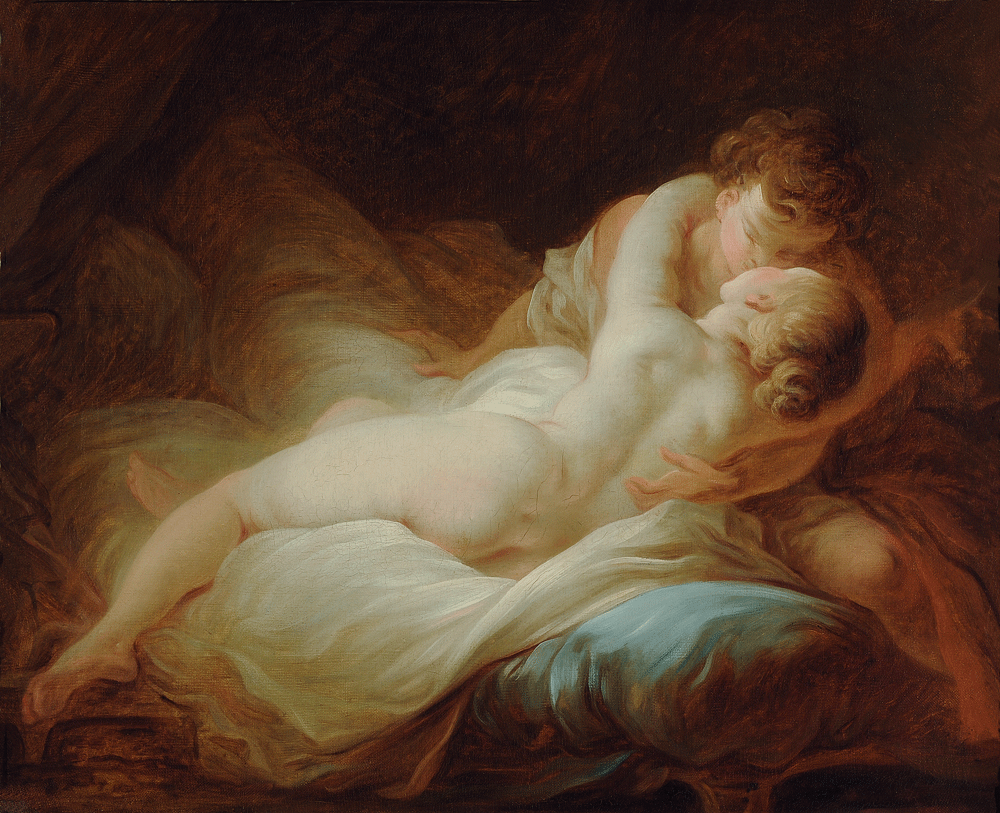
This had a great deal of impact on literary and artistic circles. Sensual illustrated books and debauched engravings, disseminated clandestinely, had unprecedented success.. In addition, private spaces reserved for the enjoyment of pleasure appeared: the "boudoir", within the home, and the "petite maison"; residences built around the edge of the capital where, in the words of Crébillon, the “libertine seeks to hide his weaknesses or his follies”. Painters, such as Jean-Baptiste Pater or François Boucher, often decorated these spaces. We even know that certain high-class brothels, such as the one run by Marguerite Gourdan on the rue Saint Sauveur in Paris, had a room of paintings and erotic prints. The origin of these works is still a secret. Very private orders, they arose from specific discussion between the painter and his commissioner. These were privileged people, such as financiers, aristocrats and, undoubtedly, courtesans. Between 1760 and 1770, "Frago" became the uncontested leader of this style.
"I would paint with my arse."
According to an account not revealed until 19th century, Fragonard once declared “I would paint with my arse". Indeed, with his very demonstrative and almost effusive style, the painter manages to confuse enthusiasm of artistic inspiration with that of erotic fusion. Through the fluidity of a wash drawing or the vigour of the widely impasted brush strokes, classed as "tartouillis" (clumsy and tasteless) by his detractors, Fragonard evokes at the paroxysmal confusion of emotions. He thus made use of all the suggestive power of his art to be able to trick the senses and glorify the imaginary.

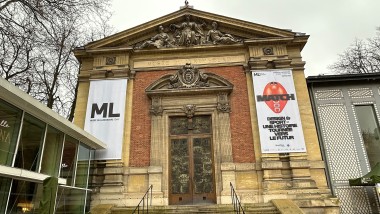
Design goes the extra mile for sport! The trailer for the next exhibition at the Musée du Luxembourg
Article - 11 March 2024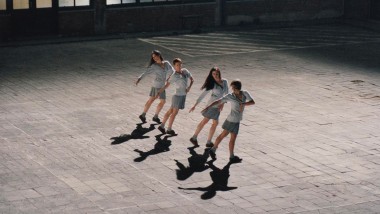
‘Rosas Danst Rosas', A contemporary dance by Anne Teresa De Keersmaeker in response to Stein
Article - 24 January 2024